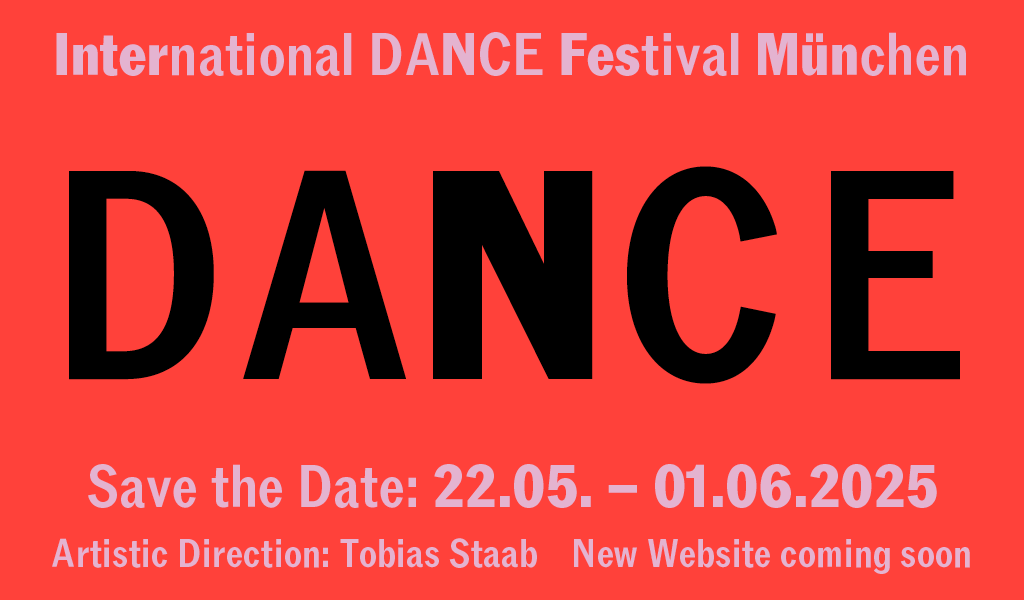Magazine #2: 3 Questions to 3 Choreographers
Agnietė Lisičkinaitė, Lukas Karvelis and Dovydas Strimaitis about their work as young Lithuanian artists
by Peter Sampel
3 Questions to Agniete Lisičkinaitė
Dear Agniete, please describe your piece Hands Up in three words.
Actually, I need six words: “It's all in our hands!”
In Hands Up you interweave a public protest with a dance performance. What was the idea behind this combination and in what way do you see dance as an act of protesting?
I started research about protest culture alone in the studio and after some time I realized that I was missing the essence of the protest – being in the streets with others. For this reason, I made myself a very first poster (HELP/GO AWAY) and went for a walk. I really liked the feeling of how people were reacting to me, how confused they felt by me. Guided by this feeling I decided to use this part of imitating a live protest and let the audience experience this feeling with me. Also, this part gives the audience a chance to feel physically how hard it is to stand for your beliefs and hold your hands up while you are protesting. I wouldn't call it "a real protest", preferably an "artistic action" or a "very honest, but fake protest."
What is in your eyes the most valuable contribution of young choreographers from Lithuania to the contemporary dance scene?
Not being afraid to make mistakes and understanding that there is no good or bad way to create art
3 Questions to Lukas Karvelis
Dear Lukas, please describe your piece THEO in three words.
Transient, Nostalgic, Voyeuristic.
You will present THEO at different public transport stations in Munich as an artistic intervention. What was the idea behind performing THEO in public space and in what way do the outer circumstances influence your performance?
Public transportation stops are essential in our everyday life. In other words, I call it “checking in” and “checking out spot”. Those stops are marking the whole world. There is always something happening in those little spots. A lot of stories are melting into each other, even just for a moment, for a glimpse, even if it is just an eye contact which does not last longer than 1 second. While spending a lot of time observing those public transportation stops, I realised that this very location reflects our society. There is a lot of waiting, a lot of searching, a lot of rushing, a lot of observing. Public transportation stops invite everyone under their roofs – they do not judge, they are there to become your temporary home. With my performance THEO I wanted to remove myself from the safety of a theatre set or stage. The beauty lies in the temporality of the location where it takes place. Character THEO is shaped by these surroundings, which is why each performance has its own path and energy.
What is in your eyes the most valuable contribution of young choreographers from Lithuania to the contemporary dance scene?
I believe that the Lithuanian young generation of dancers and movers are especially good at forming autonomous and self-sustainable communities with an emphasis on support and mutual care.
3 Questions to Dovydas Strimaitis
Dear Dovydas, please describe your pieces Hairy 3.0 and The Art of Making Dances in three words each.
Hairy 3.0 – a dance piece.
The Art of Making Dances – another dance piece.
In both Hairy 3.0 and The Art of Making Dances you work with repetitions and gradual deviations. What were your conceptual ideas behind this artistic research and in what way did you incorporate them into your artistic work?
The essence of an object reveals itself to us only through time. In my work, I take the time that is necessary for me to make a discovery. However, I want to present the whole research process to the audience, not only its results. The way to make dance, art, or anything of value whatsoever is through repetition and gradual deviations from the "norm". These tools might seem minimalist but, actually, they are the everyday life of any craftsman or woman.
What is in your eyes the most valuable contribution of young choreographers from Lithuania to the contemporary dance scene?
The young generation of Lithuanian artists is liberated enough to think and create freely but hasn't been in a liberal and democratic environment for too long to lose the grasp of violent reality outside of the polished Western bubble. We still ask questions rather than claiming answers. Even our most political works question and doubt their own stance. We value freedom much more than our colleagues in the West but also have trust issues with it. And even though this might seem like a disadvantage to making art, it actually allows us to produce works that are more than just superficial statements of a (political) stance.




